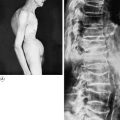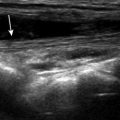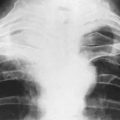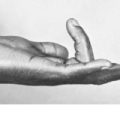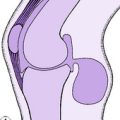3 Other investigation techniques
OTHER INVESTIGATIONS
More often than not the diagnosis can be established from the clinical assessment and imaging studies without the aid of other special investigations. In any case the possibilities should be narrowed down to as few as possible before such investigations are ordered. If doubt then exists, appropriate tests are ordered to support or weaken each possible diagnosis.
MICROBIOLOGICAL TESTS
The diagnosis of musculoskeletal infection is often challenging for a number of reasons.
ELECTRICAL TESTS (ELECTRODIAGNOSIS)
Electromyography. In this technique the electrical changes occurring in a muscle are picked up by a needle or surface electrode, suitably amplified and studied in the form of sound through a loudspeaker, or as a tracing on an oscillograph. Normal muscle is electrically ‘silent’ at rest, but on voluntary contraction shows increasing electrical discharges in the form of triphasic action potentials, as more motor units are recruited into activity. Partly denervated or totally denervated muscle shows only spontaneous contractions of individual fibres (fibrillation potentials). Repeated testing at intervals can be used to detect evidence of re-innervation, as small polyphasic motor unit action potentials reappear and spontaneous fibrillation disappears. The motor unit action potentials gradually increase in duration and amplitude, but do not return to a normal pattern until remyelination of the nerve is complete. Electromyography may show diagnostic changes in some types of myopathy, as well as in anterior horn cell disease such as poliomyelitis and motor neurone disease.
BIOPSY
Biopsy is the operation of taking a specimen of living tissue for histological, electron-microscopic or other examination in order to elucidate the nature of a disease. Very often it is done as a final step in the diagnosis and staging of a tumour. Two techniques of biopsy are available:
PSYCHOGENIC OR STRESS DISORDERS
Just because we fail to discover the cause of a particular symptom it by no means follows that the symptom is imaginary or psychogenic; it usually means only that we are not sufficiently skilled in diagnosis. Admittedly, true hysterical disorders are encountered from time to time in orthopaedic practice, but they are few and far between. Much more often a long-continued organic pain leads to a distracted state of mind that is wrongly interpreted as a hysterical manifestation. It is widely accepted that physical symptoms may be prolonged or may seem to be worse if there is an associated psychological disorder. Such aggravation is often termed ‘psychological overlay’ or ‘illness behaviour’, especially in legal practice. It is far safer to err on the side of disregarding possible psychogenic factors than to overlook an organic lesion on the supposition that the symptoms are imaginary.


